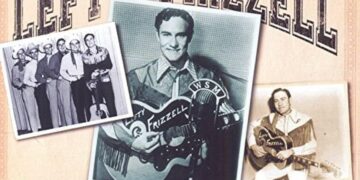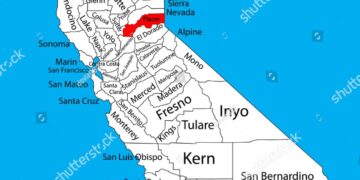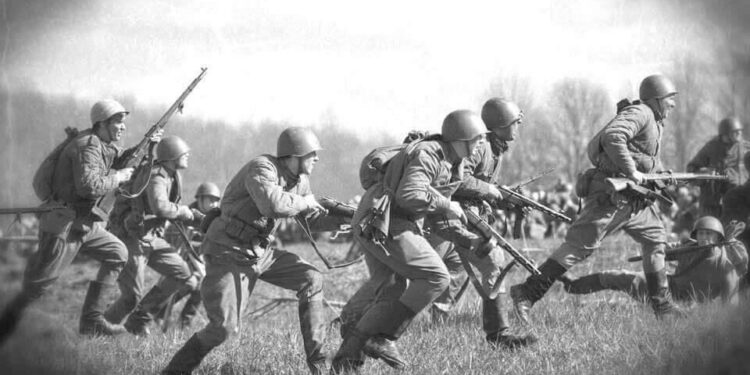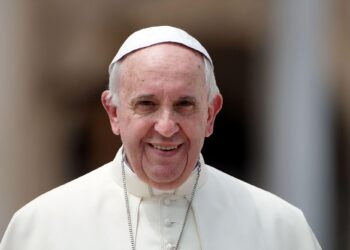Unveiling the Leadership of World War II Generals: Essential Reads
In the vast landscape of military history, few topics captivate the imagination quite like World War II and its influential leaders. The generals who emerged during this global conflict not only directed pivotal battles but also shaped nations’ destinies. This article, inspired by a selection from The Wall Street Journal, presents a curated list of essential literature that examines the lives, legacies, and strategic genius of these legendary commanders. Whether you are an avid historian or simply curious about military leadership, these books provide valuable insights into the intricate dynamics of command during one of history’s most chaotic eras. Join us as we explore five indispensable titles that shed light on the personal journeys and tactical choices made by generals who left an indelible mark on military history.
Analyzing Leadership Dynamics Through WWII Commanders
Wartime leadership requires a distinctive combination of strategy, resilience, and decisiveness—qualities exemplified by some of World War II’s most celebrated generals. For example, General Dwight D. Eisenhower demonstrated remarkable strategic foresight in uniting diverse Allied forces towards a shared objective while emphasizing collaboration and effective communication. Conversely, General George S. Patton’s bold tactics highlighted how crucial aggressiveness and adaptability are when confronted with rapidly evolving battlefield scenarios. These figures not only influenced critical battle outcomes but also established enduring leadership principles relevant in both military settings and civilian life today.
Numerous authors have diligently documented these commanders’ lives and philosophies regarding leadership on the battlefield—enhancing our understanding of their decision-making processes under pressure. Noteworthy works such as “The Crusader: General Billy Mitchell and American Air Power” alongside “Patton: A Genius for War” delve into their motivations while offering profound explorations into human character amidst conflict.
| Book Title | Focus | Key Leadership Lesson |
|————————————-|—————————|——————————-|
| The Crusader | Air Power Strategy | Visionary Leadership |
| Patton: A Genius for War | Tactical Brilliance | Adaptability in Action |
Insights Gleaned from WWII Commanding Leaders
Examining the narratives surrounding commanding figures from World War II reveals vital lessons about leadership styles, strategies employed during warfare, and inherent complexities faced by these leaders throughout their careers. These generals were instrumental not just in determining military outcomes; they navigated personal challenges that significantly affected their effectiveness as leaders.
Through careful analysis of their experiences, we can extract several key takeaways applicable beyond combat:
- Flexibility: Successful leaders adapted strategies to meet changing circumstances—a testament to flexibility’s importance.
- Effective Communication: Clear communication channels among troops were essential for operational success.
- Decisive Action Under Pressure: Many commanding officers made swift decisions with limited information available—highlighting confidence’s role in effective command.
Moreover, contrasting approaches among these generals illustrate various pathways leading to triumph or defeat within military campaigns:
| General | Country | Notable Strategy |
|———————–|———-|————————————–|
| Dwight D. Eisenhower | USA | Allied invasion at Normandy |
| Georgy Zhukov | USSR | Counteroffensive at Stalingrad |
| Erwin Rommel | Germany | Campaigns across North Africa |
| Bernard Montgomery | UK | Victory at El Alamein |
Must-Read Literature on Military Decision-Making
Grasping the nuances behind wartime decision-making is crucial—not just for historians but anyone intrigued by strategic thought processes during crises. Several standout titles offer comprehensive analyses concerning prominent WWII generals while illustrating how their choices altered historical trajectories.
“The Generals” by Thomas E. Ricks provides an extensive overview regarding various generalship styles alongside shifts in military strategy throughout this tumultuous era; meanwhile,“Armageddon: The Battle for Germany 1944-1945” authored by Max Hastings explores operational decisions leading to catastrophic consequences as Axis powers began to falter.
Additionally,“Leaders and Leadership in World War II” penned by Martin van Creveld investigates psychological factors influencing notable commanders’ actions affecting soldiers’ morale along with national sentiments.“The Face of Battle” written by John Keegan offers insights into combat realities illuminating split-second decisions made amid chaos.“History of the Second World War” authored by Sir Basil Liddell Hart delivers invaluable perspectives on strategic thinking shaping pivotal moments throughout this global conflict.
Conclusion: Lessons from History’s Military Leaders
The exploration into leadership dynamics within wartime contexts comes alive through these five exceptional literary works detailing significant figures who shaped history through courageously navigating complex challenges associated with command roles during World War II . Each book provides unique perspectives illuminating both historical significance alongside contemporary relevance regarding effective leadership practices amid crises . Readers—from dedicated enthusiasts to casual learners—are encouraged to engage deeply with these narratives , gaining insight not only about warfare intricacies but also timeless lessons applicable across various fields today .































